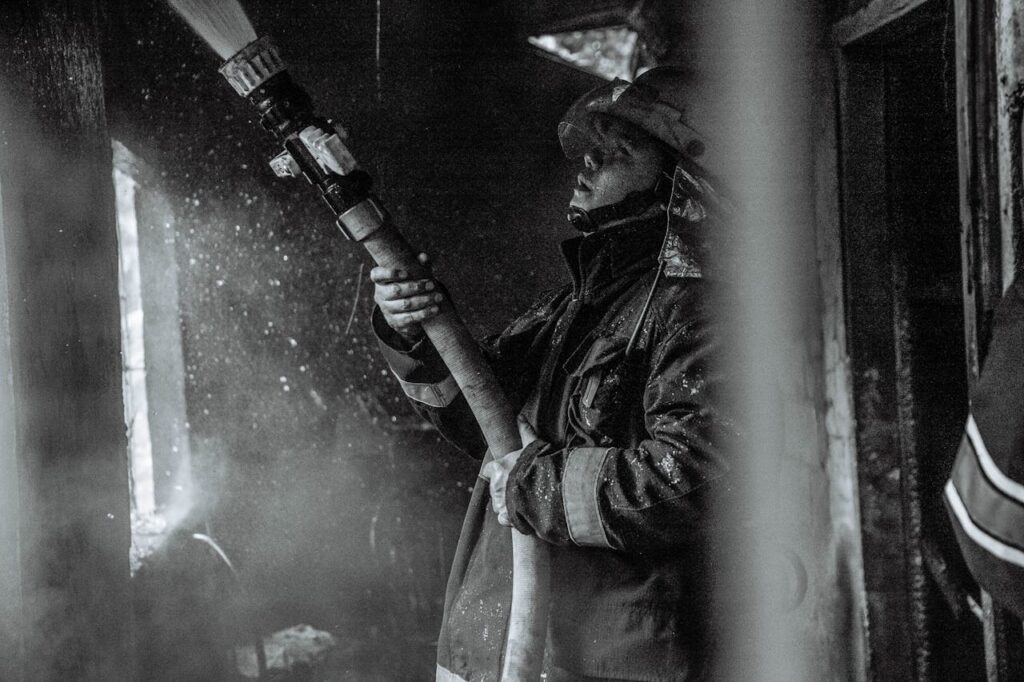Unraveling the Mysteries of Cryptocurrency: An Introductory Guide to Digital Finance
Unraveling the Mysteries of Cryptocurrency: An Introductory Guide to Digital Finance In the bustling world of finance, there’s a new buzzword that’s sparking both enthusiasm and bewilderment among the uninitiated. If the expression has not yet reached your ears, you’re likely reading about it now. Cryptocurrency is not a fleeting trend—it’s a revolution in the way we think about money. But what exactly is it, how does it work, and why has it captured the collective imagination of a rapidly expanding global community? For those taking their first steps into this digital currency maze, this comprehensive guide provides a solid footing, affirming that understanding cryptocurrency is not solely the domain of tech wizards and financial experts—it is accessible to all. Whether you’re a fledgling investor, a curious tech aficionado, or an established financial advisor looking to expand your knowledge, this exploration into the world of cryptocurrency will arm you with the fundamental insights to grasp this financial frontier. Introduction to Cryptocurrency What exactly is cryptocurrency and why should it pique your interest? At its core, cryptocurrency is a type of digital or virtual currency that relies on cryptography for its security and operates independently of a central bank. Unlike traditional currencies, cryptocurrencies use decentralized control, meaning they operate on a technology framework that is immune to influence or interference from traditional sources. Imagine a currency where the rules governing its issuance and transactions are not set by a federal reserve or government but are instead regulated by a complex and secure computational system. This is the premise of cryptocurrency, offering a new form of exchange that is safe, private, and potentially revolutionary. It’s as much a statement about the future of money as it is about technology. The Technology Behind Cryptocurrency o appreciate the value and novelty of cryptocurrency, one must first become acquainted with its foundational technology: blockchain. The blockchain is a distributed ledger that records transaction data across multiple computers. What sets it apart is its inherent security, transparency, and permanence. Every transaction in the blockchain is verified by a network of nodes (computers) and then recorded on a “block” that is linked to the chain of existing transactions. This ledger technology ensures that once a transaction is recorded, it cannot be altered or deleted. For the finance world, this means a near-impenetrable level of security, as well as a transparent record that is open to public scrutiny—a feature that traditional financial systems can’t match. How Cryptocurrency Works Understanding the methods by which cryptocurrency operates is crucial. The process of creating new coins is called mining, where miners use powerful computers to solve complex algorithms. Once a miner successfully solves an algorithm, a new block is added to the blockchain, and the miner is rewarded with new coins. These mined coins enter circulation and can be used in a wide variety of transactions, from simple peer-to-peer exchanges to more complex financial dealings. Miners, thus, play a dual role: maintaining the security and integrity of the blockchain while being rewarded with cryptocurrency. Transactions in the cryptocurrency world are broadcast to the network and are verified by network participants, called nodes. Once verified, the transaction is combined with other transactions to create a new block of data for the ledger. Each transaction must be verified by a majority of the network nodes to become a confirmed transaction. Types of Cryptocurrencies While many cryptocurrencies exist, a few stand out. Bitcoin, conceived in 2008, is the first and most well-known. It operates on an open-source platform and has seen tremendous growth. Satoshi Nakamoto, the pseudonymous creator of Bitcoin, introduced this currency with the intent to provide an alternative to traditional financial systems. Ethereum is another noteworthy entry, offering smart contracts and decentralized applications (dApps) alongside its cryptocurrency, Ether. Other significant currencies include Ripple (designed for secure and instant payment transfers), Litecoin (which offers a faster block generation time and a modified GUI), and Cardano (with a focus on security and scalability), amongst others. Each cryptocurrency possesses unique functionalities and market niches, catering to a wide range of needs. Cryptocurrency Investment With the growth and evolution of cryptocurrency investing comes the need for awareness and caution. Investors should begin by understanding the risks involved, conducting thorough research, and considering cryptocurrency as part of a diversified portfolio, not a standalone instrument. A good starting point is to choose a reliable and user-friendly cryptocurrency exchange, where you can buy, sell, and manage your digital possessions. Digital wallets, be they hot or cold storage, provide secure ways to store your cryptocurrency, with the latter being offline and thus more secure. Potential investors should also be attentive to market dynamics, staying informed on the latest trends and news about cryptocurrencies. Like any investment opportunity, the crypto market is never stagnant, and being aware of this dynamic landscape is crucial for success. The Future of Cryptocurrency The future of cryptocurrency is shrouded in both possibility and uncertainty. On one hand, the decentralized nature and underlying principles of digital currencies suggest they could dramatically reshape the financial landscape, giving individuals greater control over their money and financial transactions. On the other hand, concerns about regulation, security, and the potential for market manipulation call for a cautious and measured approach to the evolution of these technologies. Regardless, the blockchain technology that underpins cryptocurrency is likely to have far-reaching effects, extending beyond finance into areas such as voting systems, supply chain management, and more. Investing in the knowledge and understanding of cryptocurrency now could translate into a valuable skill set and perhaps even a lucrative market position as these technologies continue to mature and become more integrated into society. Conclusion The world of cryptocurrency is teeming with potential and possibility. It’s a reflection of the changing tides of financial transacting and technological innovation. But at its core, it’s a concept that democratizes money, giving individuals a direct stake in the financial systems that govern their lives. For the uninitiated, the world of cryptocurrency can feel overwhelming. Yet, as with any

